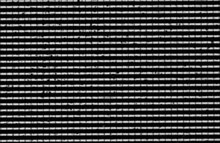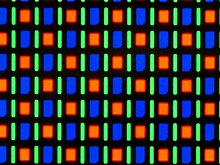Patents are a key incentive for any innovator. The Recent Supreme Court judgement denying a patent to Novartis' anti-cancer Glivec will surely trigger a wide-ranging debate onpatent law interpretation in India. Here's a look at some provisions of the Patents Act 1970:
WHAT IS CONSIDERED AS A PATENT IN INDIA?
IS EVERGREENING OF PATENTS?
It refers to prolonging the life of the patent by making minor incremental changes that do not necessarily alter the utility and features of the original patented product. Here the innovator is just trying to extend patent protection and prevent competition from manufacturing the same product. Section 3(d) of the Indian Patents Act is specially intended to prevent evergreening.
WHAT ARE SECONDARY PATENTS?
Secondary or 'second generation' patents are acknowledged in the regulated markets like the US and UK. These are patents granted in relation to new developments or improvements of the subject matter of the basic patent. The Indian Patents Act does not have any provision on secondary patents.
WHAT IS ALLOWED UNDER TRADE-RELATED ASPECTS OF INTELLECTUAL PROPERTY RIGHTS?
WTO-administered Trade-Related aspects of Intellectual Property Rights (TRIPS), which came into effect in 1995, allow the member countries to adopt, consistently with the other provisions of the agreement, measures to prevent or control practices in the licensing of intellectual property rights that are abusive and anti-competitive. Compulsory licensing and government use without the authorisation of the right holder are also allowed, subject to certain conditions aimed at protecting the legitimate interests of the right holder.





